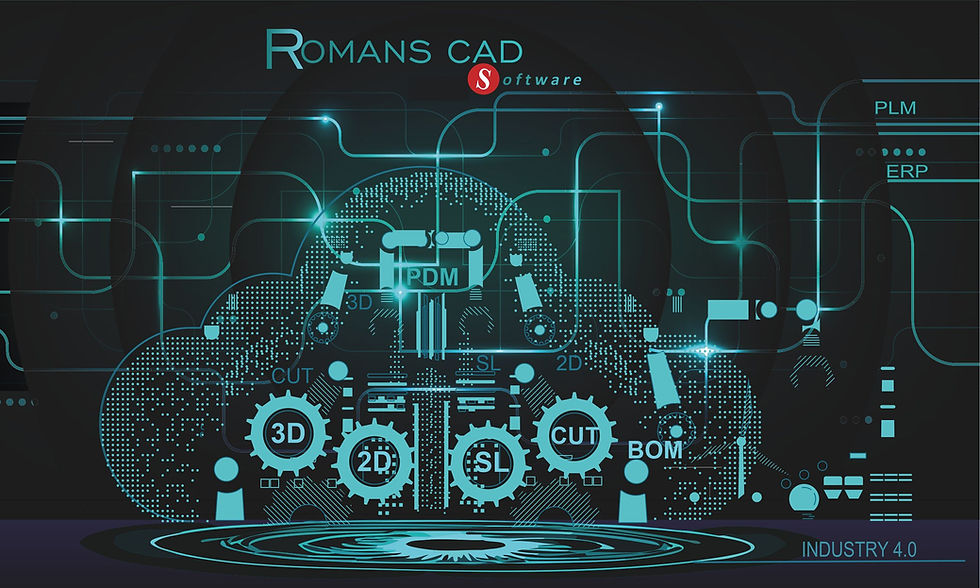Design-to-Cost and the future of the footwear industry. How the Romans CAD is changing the game
- Liliana Pop
- Mar 31, 2023
- 2 min read
Updated: Jul 10, 2023

Footwear companies are constantly looking for competitiveness and one way to achieve this could be through the design of their products. Design is a very important step in the product development process, and footwear companies need to find a balance between the cost of the design and the cost of the products.
The design process often involves making tradeoffs between different design choices, such as using less expensive materials or simplifying the design. In the end, the goal is to ensure that footwear designs are developed at the lowest possible cost while meeting style specifications and quality standards.
RCS CAD PDM platform allows you to combine private and public material and component libraries, which can be enhanced with unlimited metadata. This metadata will enable you to generate automatic BOMs (bills of materials) and cost estimates for any footwear model or variant, early in the design process. You can test and explore as many combinations of materials and accessories as you wish and ensure that the shoe model meets a specific cost target.
The Design-to-cost (DTC) approach relies on collaboration between 3D CAD design and product development teams to consider cost-saving options during the product design creation. Any corrections or styling changes in 3D will be adjusted in real-time at the PDM level. Because 3D is natively integrated with RCS PDM, designers do not have to change the way they use 3D tools, they just retain their ability and freedom to create. Product creation is accelerated, and companies remain competitive in the marketplace.
DTC is also important in the context of sustainable development. It will certainly help companies create products that are both aesthetically pleasing and affordable to the consumer while considering the environmental impact of their products.
RCS team




